NEWS
2025 Faith Trends to Watch
It’s an incredibly dynamic time for the faith sector. From the pandemic abruptly shaking up existing models and strategies, to religious nationalism planting a flag on the political stage, to the Israel/Gaza war straining interfaith relationships globally, to a range of longer-term dynamics in the sector, including the continued growth of the religiously unaffiliated demographic in the U.S., the first half of the 2020s have seen the good, the bad, the ugly, and everything in-between.
Continue reading to explore a few faith sector trends we’re watching as we head into the second half of the decade. They give us great optimism for the future of faith.
Insights for Change: Unleashing Our Spiritual Imagination
Faith & Philanthropy, an exploratory joint grantmaking initiative that aims to shape “a philanthropic landscape that embraces the transformative potential of spirituality and faith to address the pressing challenges of our time,” recently released a Spiritual Imagination report featuring twelve grantees rooted in various spiritual traditions that are leveraging faith and spirituality for social impact.
Meet an innoFaither: E.N. West
Meet E.N. West, Lead Organizer for the Faith Land Initiative at The Church Council of Greater Washington. An innovative community organizer, E is building bridges between communities in Seattle to help use church property assets to address community needs. In listening to churches, E and their colleagues spotted an opportunity to support white faith communities discerning what to do with congregational land by connecting them with the needs and vision of Black faith communities and other groups wrestling with issues of displacement from their communities. As a result, religious assets are now being stewarded to address the challenge of affordable housing and advance economic and racial justice.
What is Social Innovation?
At innoFaith, one of our goals is to bridge faith communities to the social innovation ecosystem - the universe of non-profits, start-ups, education institutions, companies, government bodies, and others who are developing, studying, implementing new responses to persistent social problems. And vice versa. But for many in institutions and communities of faith, social innovation is a new term, even if not a new concept. … Both charity and advocacy approaches are essential to social change work, but what if there were a narrative that could free us from the limits of charity, on the one hand, and ideology, on the other? That is the potential of social innovation.
Faith trends to watch
LinkedIn recently published 50 Big Ideas for 2019: What to watch in the year ahead. The list is full of interesting predictions regarding the economy, workforce, tech, leadership, and a couple on social movements. Underlying many of the predictions are issues of values, ethics, and inclusion. As society seeks better solutions to the challenges that confront us - climate change, the potential effects of artificial intelligence, inequality, political polarization, shifting workforce trends, and more - what role will faith communities and institutions play? And what would these predictions look like if offered by faith leaders rather than business leaders? We’re going to find out in the coming weeks by seeking the input of our network. We’ll report back on what we hear, but in the meantime, here are a few recent faith trends that we expect will continue to grow in 2019.
CNN Names Social Innovators Rami Nashashibi and Eboo Patel two of the Most Influential American Muslims
Eboo Patel, founder of Interfaith Youth Core, and Rami Nashashibi, founder of the Inner-City Muslim Action Network, were recently named by CNN as two of the 25 most influential American Muslims, among other Muslim pioneers. Hear them tell stories that inspire them to do the work they do.
Rooted in context and beliefs on the Pine Ridge Indian Reservation, a community transforms itself
Social innovation requires deep contextual understanding to shape solutions that will have a sustainable impact. In this story in the Huffington Post, listen to Nick Tilsen talk about how he rooted himself in his home community on the Pine Ridge Indian Reservation and is helping the community create its own future, deeply connected to its own history and spirituality.
One urban congregation's bold response to homelessness
Urban faith institutions often find themselves on the front lines of issues of homelessness and affordable housing in their communities. This story from Faith and Leadership about the innovative work of a congregation in Detroit shows how an asset-based perspective can change the focus from reacting to a need to creating a transformative solution. Stay tuned for more stories of how faith institutions are reimagining their role in the housing sector.








